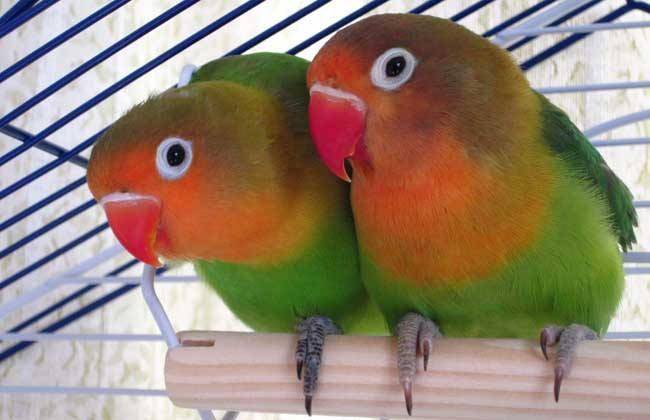Peony parrot is also called love bird. With a body length of 15-18cm and a weight of 50-70g, it is the smallest of all parrots. The body is short and fat, the mouth is red, the head has dark brown feathers, and the neck is surrounded by a layer of yellow feathers. The chest is light green, the back and wings are green, the tail is also green, and the feet are black. In addition, there are brown peony parrots with Brown heads, also known as brown headed peonies.

The feathers of this kind of bird are very beautiful. Most birds’ feathers are green and red. The peony parrot is very small, smaller than the tiger skin parrot. Because their feathers are very gorgeous and popular, they are often caught and raised by people, resulting in a smaller and smaller number of wild animals. This kind of bird is so popular, so what’s the harm of keeping peony Parrots? What should we pay attention to?

In fact, in essence, we have nothing special harm to raise peony parrots, but we should adopt the correct method to raise them. Peony parrots like to chirp in the evening. In this way, for some people at work, this is nothing more than a kind of suffering. We can find a place with a better environment outdoors, build a cage and keep them outdoors, so as not to attract people’s attention. At the same time, we should also clean the cage regularly and pay attention to the hygiene of the cage, because if we don’t clean the parrot, it is easy to be infected with parasites and bring hidden dangers to the health of ourselves and our family. At the same time, we should also pay attention to the breeding of parrots. We should pay attention to the balance of nutrition. At the same time, we should not let them not be full, because this may make them steal food from other people’s homes and bring losses to others and themselves.

Because the wild peony parrot mainly lives in the tropical rain forest for a long time, where the food is relatively rich, mainly eating plant seeds and some fruits. However, once artificially raised, these birds will gather together and attack some crops and orchards, causing huge losses to those farmers and fruit farmers.

